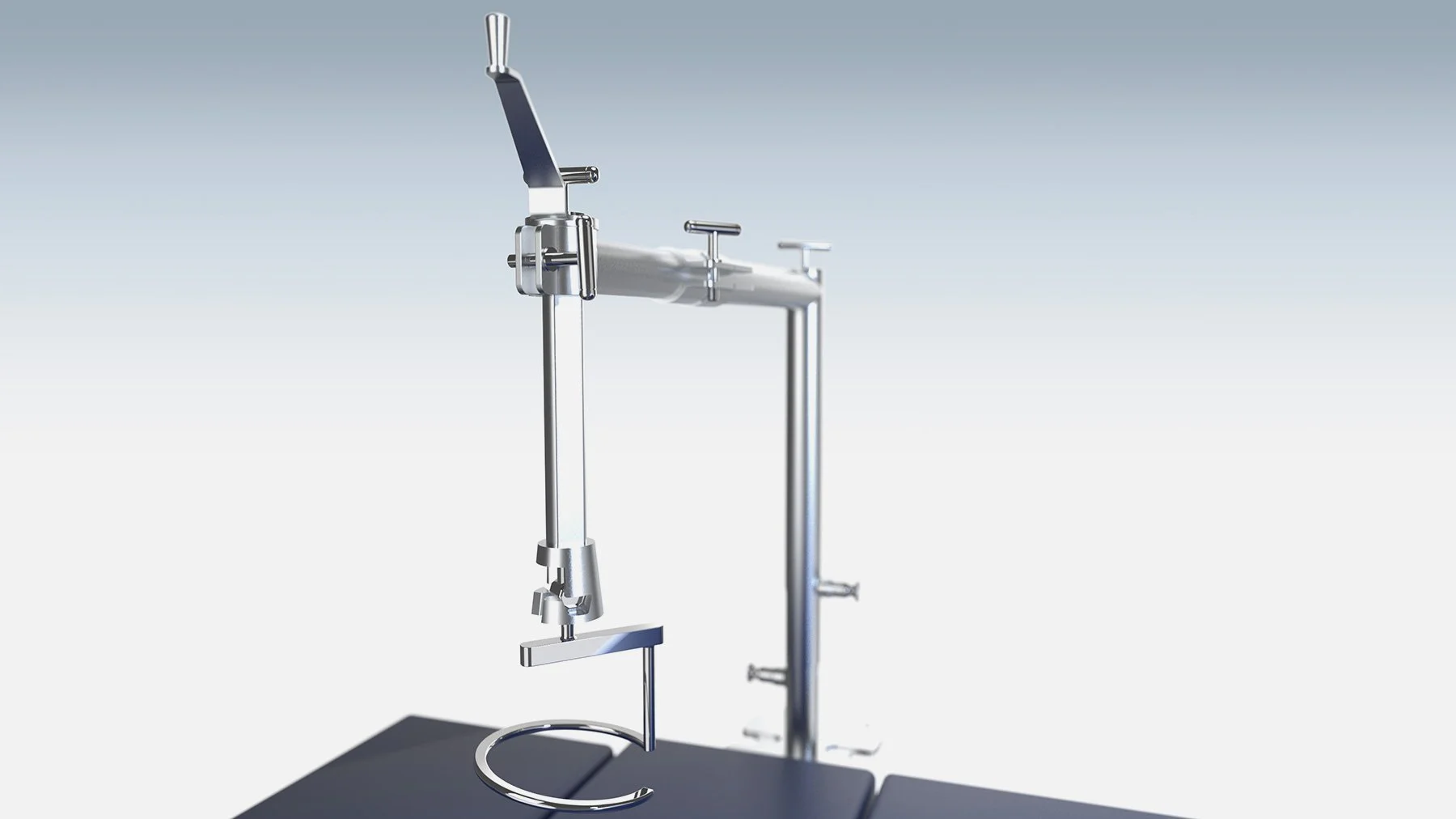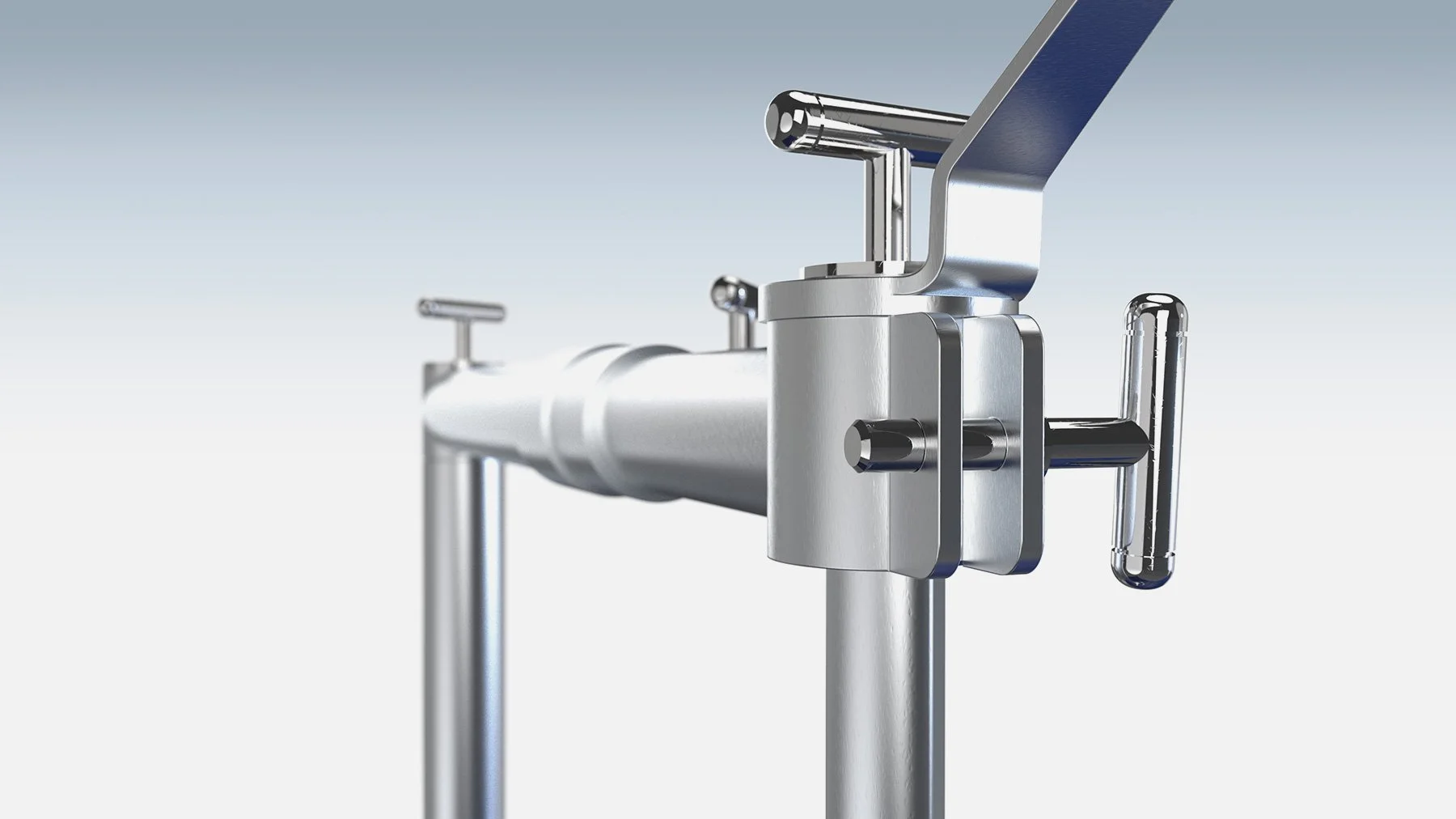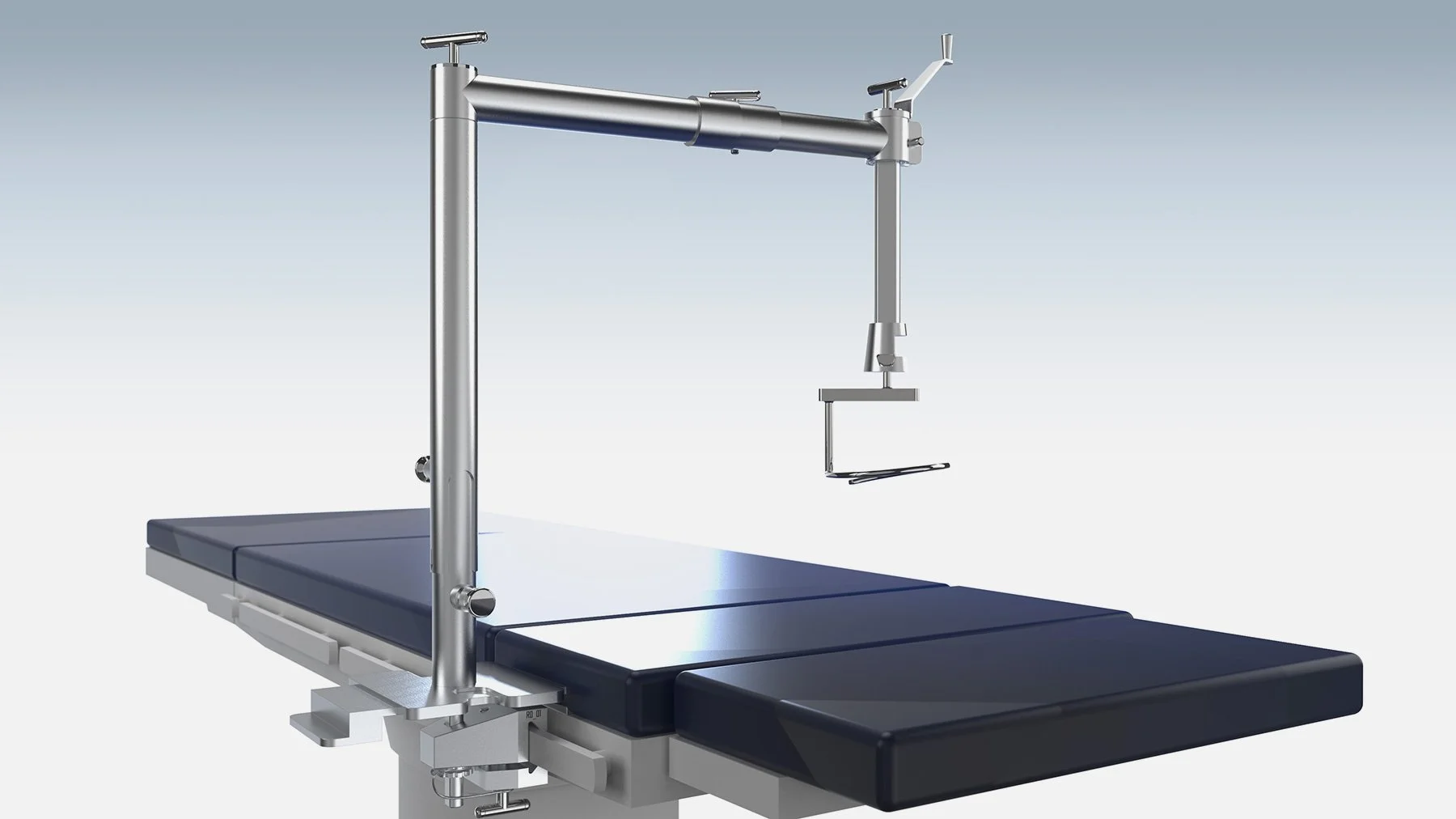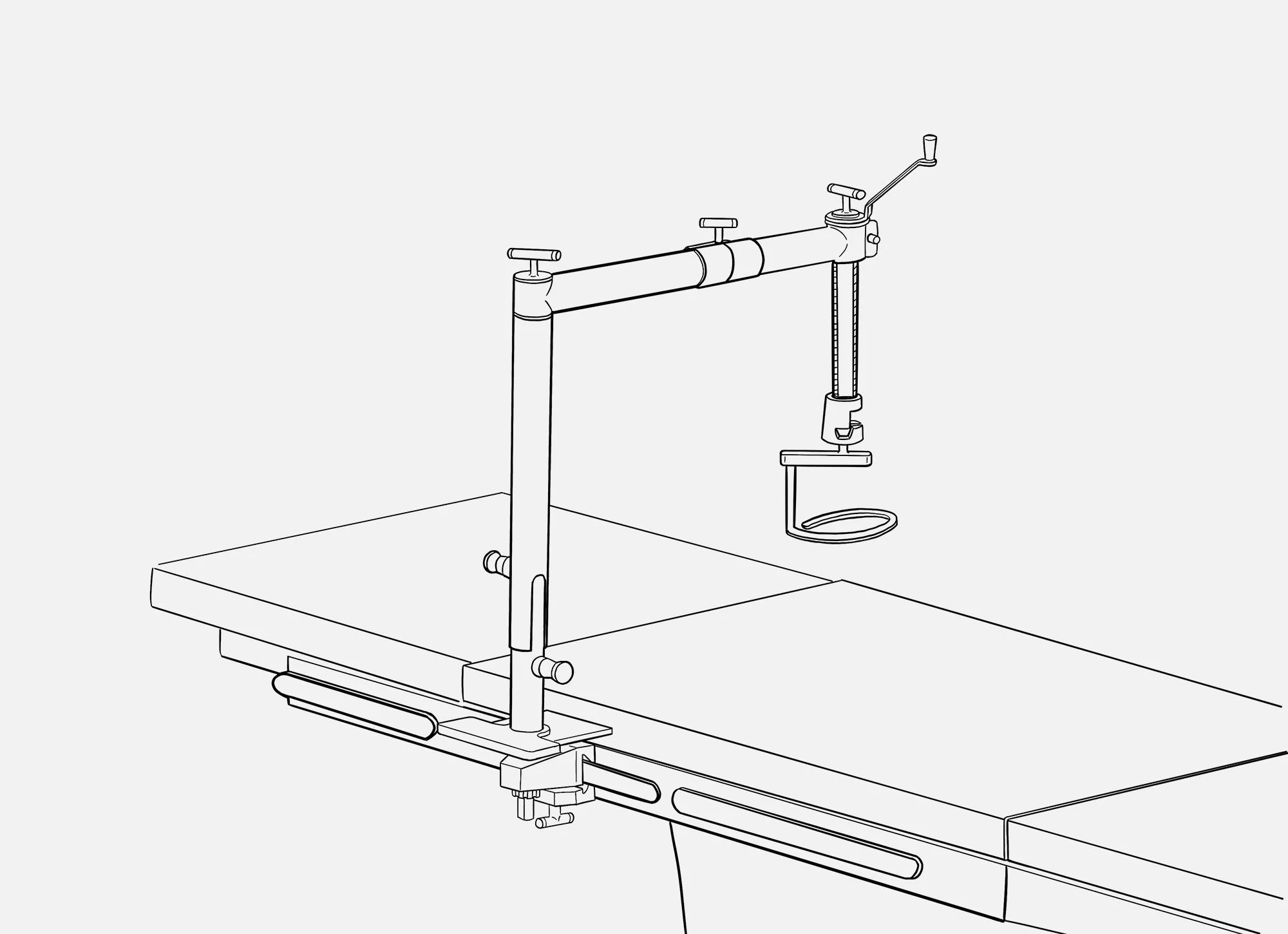RAIS
Retractor for Abdominal Insufflation-less Surgery
Impact: Improving access to minimally invasive surgery in LMICs
Brief
To design and develop a low-cost surgical retractor that enables gasless laparoscopy, removing the need for general anaesthetic and gas cylinders—barriers that often prevent laparoscopic surgery in Low and Middle Income Countries (LMICs).
Services
Concept Development, CAD, Engineering, Design for Manufacture
Deliverables
Concept Development, CAD, Engineering, Design for Manufacture





“The expertise that Pd-m International brings in understanding unique medical challenges and incorporating novel solutions into practical devices will be crucial to the success of our mission. We are extremely grateful to Pd-m International for their philanthropic approach to supporting the plight of some of the most globally challenged populations and helping GHRG-ST in its ambition towards universal health coverage by 2030.”
Case Study
From the beginning, RAIS was a project shaped by frugal innovation. Working with Leeds University and the NIHR Global Health Research Group, the mission was clear: deliver a solution that brought the benefits of minimally invasive surgery to patients in rural North East India - without the heavy infrastructure typically required.
To ground the design in reality, two of our team spent a week in Kolkata with local surgeons, observing live operations and listening closely to the practical challenges faced in rural operating theatres.Our Approach
With volumes too low for injection moulding, we explored vacuum casting, vacuum forming, and 3D printing. After weighing cost, finish, and durability in a feasibility matrix, we landed on CNC-machining solid FRP as the best route.
Designing for Constraints
In many LMICs, laparoscopic surgery is restricted by the lack of general anaesthetic provision and the high costs and logistical difficulties of gas cylinders. The challenge, then, was to design a device that would enable gasless laparoscopy: a safer, simpler approach that could be carried out under spinal anaesthesia, with faster recovery times for patients.
Our solution was a specially designed retractor that gently lifts the abdominal wall, creating the working space required for keyhole surgery, without insufflation.
Prototyping
Over a series of concept explorations, CAD iterations, and prototypes, the design was refined to balance three priorities:
Functionality: delivering a stable, controlled lift of the abdominal wall.
Affordability: keeping costs low enough for use in rural healthcare.
Manufacturability: ensuring it could be produced locally in India to support supply and local industry.
We also created user instructions and training materials to support surgical teams and ran hands-on workshops to build confidence in using the device.
The Result
After successfully passing rigorous compliance testing, RAIS achieved medical device certification. Training sessions with rural surgical teams followed, and the device is now in active use—delivering the benefits of minimally invasive surgery to patients who might otherwise not have access.
Following the success of its rollout in India, there is now growing interest in adopting the RAIS device in Africa, expanding its impact even further.
